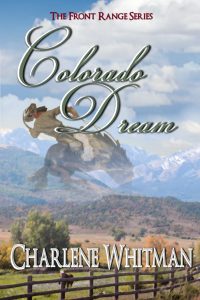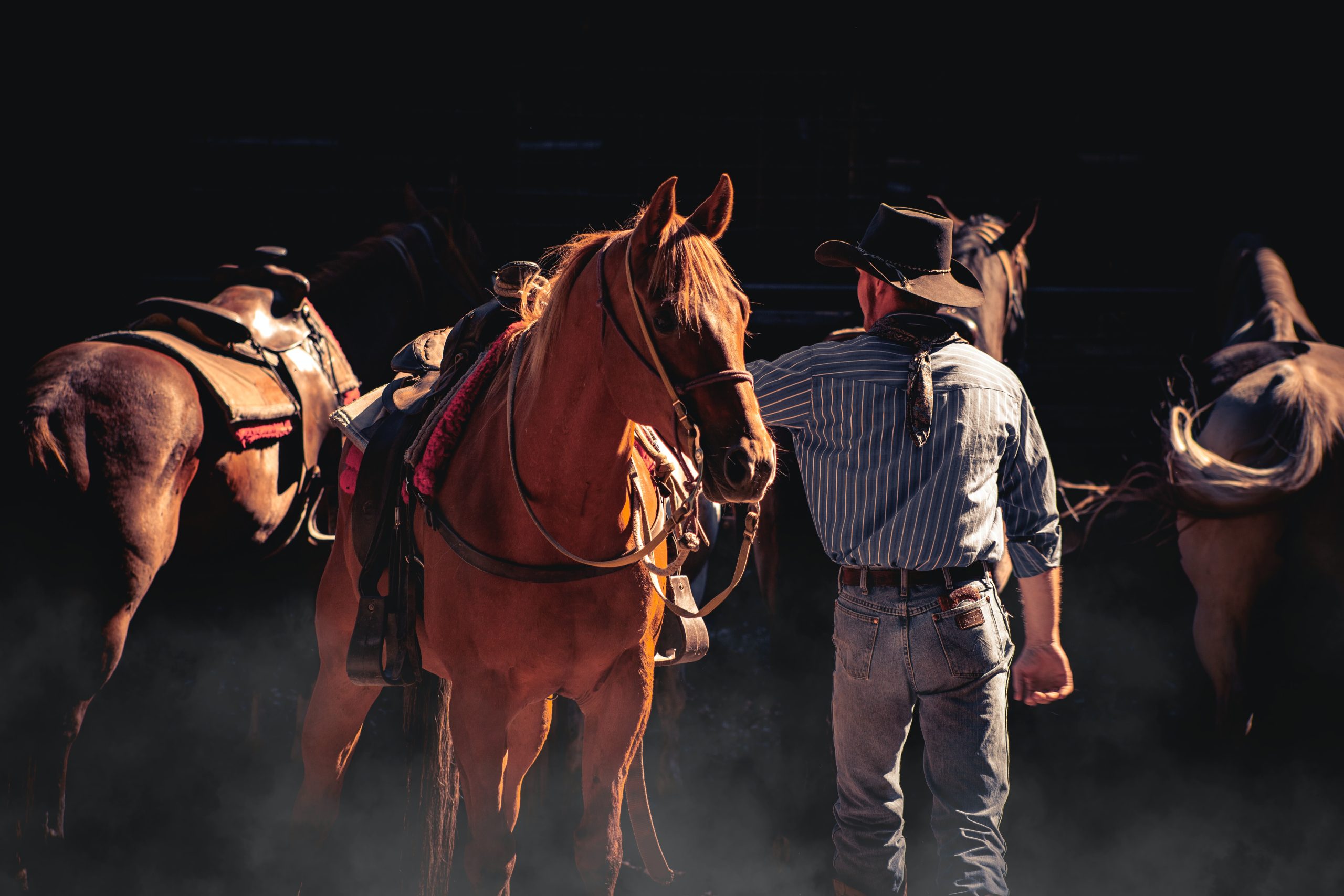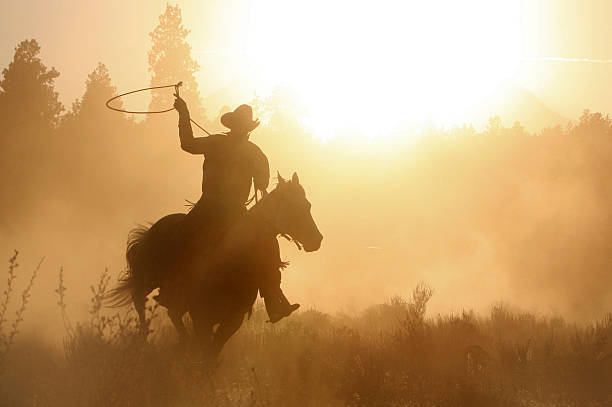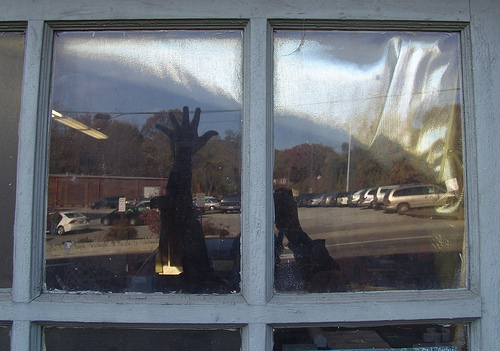Creating Conflicted Antagonist Characters
In the novels we write, protagonists often steal the spotlight, but secondary characters—particularly antagonists—can add depth, conflict, and intrigue to the storyline. Regardless of the genre or setting, a well-crafted antagonist can elevate a story from good to unforgettable.
Too often antagonists or nemesis characters are stereotyped—they come across one-dimensional and superficial. When we give secondary characters inner conflict, we add so much more richness and believability to our stories.
Yes, our antagonists and nemesis characters are meant to stand in the way of the protagonist’s goals. But they can do so much more. And they need to have their own lives.
Setting the Stage with Antagonists
In my novel Colorado Dream, (a Western novel under my pen name Charlene Whitman) I put a lot into my supportive cast. My hero, Brett Hendricks, is a cowboy working on a ranch and driving cattle. I purposely created a small cast of characters around him to give a wide brush stroke of the various types that populated that milieu.
 I find it helpful to have at least two very different types of characters in close orbit to my hero. And this is true with any genre. In this novel I createdtwo sidekicks for my protagonist and two secondary antagonists who are sent to find and kill my hero. Archie, a young greenhorn cowboy, contrasts with Tate Roberts, an experienced and thoughtful cowpuncher. Both have minor parts to play in my story but important ones.
I find it helpful to have at least two very different types of characters in close orbit to my hero. And this is true with any genre. In this novel I createdtwo sidekicks for my protagonist and two secondary antagonists who are sent to find and kill my hero. Archie, a young greenhorn cowboy, contrasts with Tate Roberts, an experienced and thoughtful cowpuncher. Both have minor parts to play in my story but important ones.
Tate provides that ally-friend that is found in most stories—one who can act as a mirror, give advice, provide a listening ear, and admonish or warn the protagonist when he’s veering off track. This is the “best friend archetype.” Archie is akin to the “troubled teen” archetype, which puts my hero, Brett, into the position of mentor and protector. That’s helpful to inspire empathy for my hero.
Here’s a moment with my two secondary antagonists—the cowboys sent to kill Brett. You’ll notice I give Phineas, who doesn’t have a large role in my story, a lot of inner conflict. This sets him up to switch sides in the climax and defend my hero. (I left out some paragraphs to trim this down for you.)
Phineas Frye took a long pull of his beer, then wiped the foam from his moustache as he scowled, looking out the window of the empty saloon that faced the flour mill sitting like a lump of clay in the hot sun. Heat simmered on the rough wide dirt lane called Main Street in this sorry excuse for a town. Loveland. What was to love about it? There were only two stores, no railroad, and a measly hotel that even fleas wouldn’t dare spend a night in. He scratched his neck, which itched something fierce. Probably all those fleas were in the saloon, nursing their cares on unsuspecting visitors.
“I still don’t git why Boss sent us ta go find that Hendricks fella. He could be halfway to Mexico by now. We don’t even know he went north.”
Isaiah Cummings combed his fingers through his thick red beard. “Don’t I know it? I told ‘im half as much. But’s he’s got a burr in his craw.” He fingered his vest pocket and pulled out his rolling papers and pouch of tobacco. “Listen, we’ll make the rounds, then report back—like he told us. Boss knows it’s a snowball’s chance in hell we’ll git word of ‘im.”
“Roundup’s inside o’ two weeks. If that buster didn’t hoof it back to Texas, he’d prob’ly joined some outfit here in Colorady.” Phineas upended the glass and gulped down the dregs of his beer. The barkeep was nowhere in sight, so he plunked down a coin on the stained and peeling counter.
He thought on Boss’s face yesterday when he told them to pack up and go on the scout for Hendricks. He could still hear the gruesome crack of the kid’s back when his horse dumped him onto those rocks. It was some miracle Wade was still alive. Yeah, but what kinda life c’n he have? Better off if he’d died. Orlander loved that kid—and spoilt him thoroughly—though, if truth be told, Phineas reckoned Wade’d had it coming. … He’d had a knife to that Mexican girl’s throat, and the terror in her eyes had made Phineas want to spit. But he did what the kid ordered—stood guard to let his boss’s kid ravish that poor gal.
He ground his teeth as he ran his finger over his moustache again and again, thinking. But there was nothin’ for it. He’d had to lie to Boss to cover for Wade—again. When Orlander had questioned them that night, Phineas had toyed with blurting the truth, once and for all—for it distressed him something awful to hold all that inside—but he reckoned it was too late. What good would it do? Not like Orlander would punish his kid—not now nor ever. Living the rest of his life in a chair was God’s punishment enough, weren’t it?
“What’s got you so deep in thought?” Cummings cast a sideways look at Phineas as he stood to his feet and struck a match along the top of the counter and lit his cigarette. A hand mindlessly wandered to his shoulder to rub it. He’d been Boss’s wrangler for years, but a rough fall had messed up his back, and he’d been relegated to riding point for the outfit most times, instead. Phineas got along fine with the fella, but it irked him some to see the way Cummings smirked and got pleasure off of watching the kid do his dirty business, though Cummings never said a word about it ….
He thought on the Hendricks fella, and how the instant he caught sight of Orlander, he went on the attack, swinging hard out the gate. Downright admirable. The right thing to do, and hardly a few fellas would dare risk a fight—’specially not over some Mexican gal’s honor.
Phineas pushed back his stool and stood, then grabbed his hat off the nearby stool and stuffed it on his head. “Where to now?” he asked. It hadn’t taken them long to suss out that Hendricks hadn’t come this way.
“Well … Fort Collins’s to the north o’ here. Plenty of outfits runnin’ around the Powder River and north o’ the Platte.”
“Still, we’ll be meetin’ up with most of ’em in the roundup, more’n likely.”
Cummings sucked in a long draw from his cigarette, then blew out the smoke. “I know it. But Boss wants—”
“Boss wants, Boss wants … He wants that Hendricks fella to pay.” Cummings nodded. “So let’s git.”
He followed Cummings out the saloon door over to their horses tied up in the shade around the side of the building. The air was hot and thick and damp from the Thompson River flowing down the hogbacks at the edge of the town. … Here he was chasing down the fella, so’s that Boss could put a bullet through his head. It just weren’t right, no sir.
Well, he thought as he untied the reins and swung up on his horse, maybe we’ll get lucky and find ‘im. For then, he might get the chance to warn the fella. Yep, that’s what he’d do. His ma had taught him that it was never too late to do the right thing. She’d also taught him and his brother about sins of omission—that’s what she called them—and he shoulda followed her advice long ago. Phineas had stood by way too many times doing the wrong thing, and his sins were piling up to where they haunted his sleep. A body could lose his life at any time, ‘specially in cattle country, and he’d put off too long making things right with his Maker. Yep, that’s what he’d do—warn the fella.
With that resolved, Phineas put spurs to flank and galloped down the main street of the sorry excuse for a town, headed north for Fort Collins.
Consider these elements that I used in crafting this antagonist:
- Characterization through Inner Conflict
Phineas grapples with moral dilemmas, setting the stage for a later switch in allegiance during the climax. This inner conflict not only adds depth to Phineas but also foreshadows (and paves the way for) a significant, believable plot twist.
- Building Sympathy for the Antagonist
Phineas’s internal struggle humanizes him, making readers question the true nature of his character. His reservations about the mission and his past actions, such as covering for the protagonist’s actions in the past, create a complex and sympathetic antagonist. It makes readers emotionally invest in a character who is initially positioned as an obstacle.
- Backstory and Motivation
Phineas’s contemplation of Boss Orlander’s decision and his own past actions sheds light on the antagonist’s motivations. This not only adds layers to Phineas but also serves as a narrative device, providing readers with insights into the larger conflicts within the story.
- Foreshadowing the Antagonist’s Transformation
The passage (and a couple of others) sets the stage for Phineas’s transformation during the climax. His resolve to warn Brett, born out of a desire to do the right thing and alleviate his own guilt, foreshadows a potential alliance with the protagonist. This twist keeps readers off-balance, upending their expectations of traditional antagonist roles.
- The Climactic Shift—Antagonist turned Ally
Fast forward to the climax, and we witness the culmination of Phineas’s internal conflict. He steps forward to defend Brett, revealing the truth about Orlander’s son’s actions and expressing remorse for his own complicity. This unexpected turn of events not only serves as a satisfying resolution but also reinforces the theme of redemption and the potential for characters to evolve.
Phineas’s switch from antagonist to ally adds a layer of complexity to the relationships within the story. Can you find a way to have an antagonist in your story become an ally?
In conclusion, secondary characters, especially antagonists, have the power to drive the plot in a fresh, compelling way. Their personal evolution (character arc), whether toward redemption or greater opposition, can significantly impact the trajectory of the story. Phineas’s transformation serves as a useful plot device that add more dimension to a typical cowboy story of good guys vs. bad guys.
Crafting compelling antagonists involves more than creating characters to serve as obstacles for the protagonist. It’s about imbuing them with complexity, inner conflict, and the potential for transformation. As you plot out your novel, play, screenplay, or short story, remember the versatility of antagonist characters, and give them a real life and complex motivation. It just might turn your good story into a great one!
Featured Photo by Timothy Eberly on Unsplash
Your Cast of Characters Matters!
Learn all about creating the perfect cast for your novel in this online video course.  Your characters are the heart of your story, so be ready to learn a lot of great tips.
Your characters are the heart of your story, so be ready to learn a lot of great tips.
BONUS! Included in your course are interviews with best-selling authors, who discuss their process of how they come up with the best characters for their stories. You can’t find these videos anywhere else but in my new course.
And remember: you have lifetime access to all my courses at cslakin.teachable.com, and you also get a 30-day money-back guarantee, always. I want you to be happy with the content you are learning. So …. no risk! And check out all my other online courses while you’re at it. Thousands of writers have taken these courses around the world and sing their praises.
Here’s some of what you’ll learn in this extensive course:
- What the basic types of characters are and what roles they play in a story
- How your plot and premise inform the characters you develop
- How to determine if a character is essential to your plot or just “filler”
- What kind of supportive characters does your specific story need and how you can determine that
- How to create characters that act as symbols
- What archetypes are and how you can utilize them to create fantastic characters
- How incidental characters can make or break your story
- Why understanding character motivation is paramount
These video modules feature numerous excerpts from novels, movie clips, and deep instruction. In addition, you are given assignments to help you develop a great cast of characters which you can download and do over and over as needed. Be prepared to learn!
Don’t have a boring, useless cast of characters! This course will teach you everything you need to know to craft great characters. Enroll HERE.











